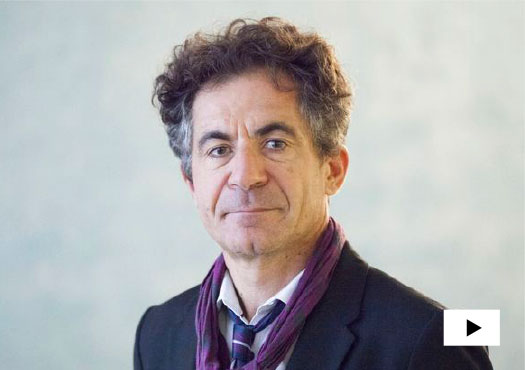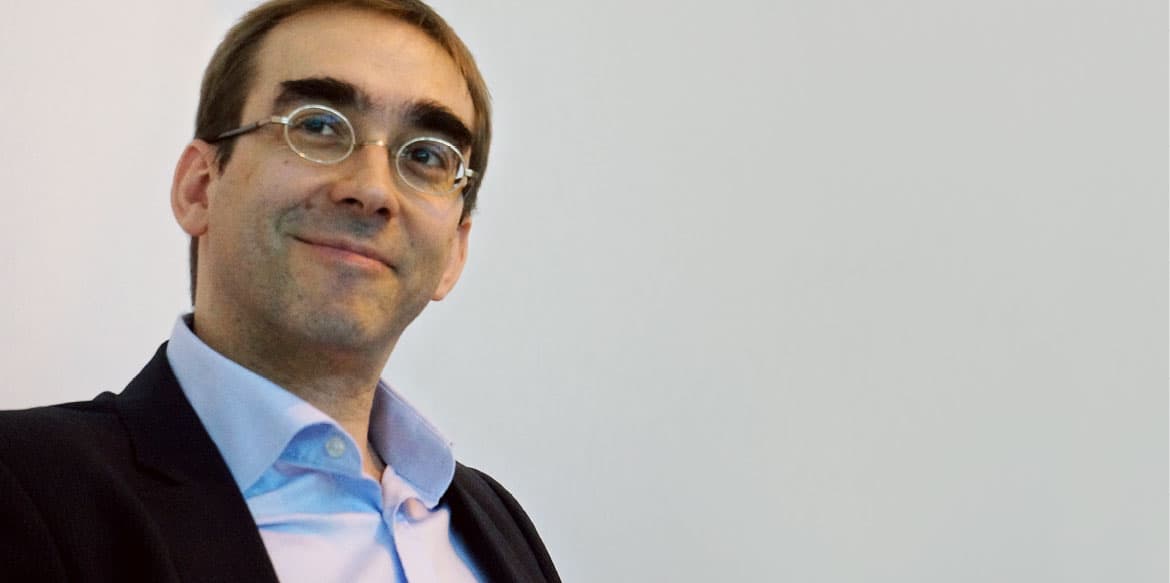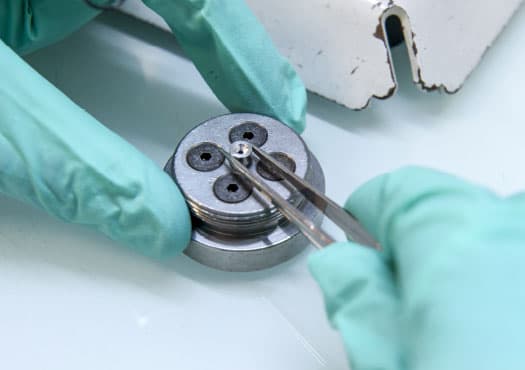
Definition
Opening
EDITORIAL

The writer Paul Valéry stated that “history is the science of things which are not repeated”, echoing the sociologist Max Weber, for whom the specificity of social sciences was the study of singularities. These concepts inherited from the late 19th century have often led to opposition between these disciplines and the physical sciences, which for their part tend to be more based on regularities, on physical, chemical or biological order. However, at the same time, the first attempts were made to apply the physical sciences to knowledge of the past, in archaeology, art history or restoration and conservation. Thus in 1888, the Chemistry Laboratory of the Royal Museums of Berlin, subsequently to become the Rathgen-Forschunglabor, was created for the physical-chemical and archaeometric study of objects from the past. These collaborations gave birth to a thriving interdisciplinary tradition, which has become further intensified since the beginning of the 21st century. Whereas for a long time, the contribution of the laboratory sciences consisted in accumulating isolated pieces of information (dating, identification of materials, forms of degradation, etc.), scientific research has in recent years moved in new directions.
It is no longer simply a question of a positivist approach based on the questions specific to history or archaeology, but of a far more wide-ranging reflection about interdisciplinary cooperation. New projects are enabling the various disciplines to pose problems advancing research in each area of knowledge, from history, art history and archaeology, to computer modelling and the development of instruments, to fundamental physics. The work being done is now looking to recreate the production and consumption processes, the “social life” of objects, to reflect on the principles of their alteration and their restoration – in short, to construct a new science, at the boundary between the past and the present, but also at the boundaries between the disciplines. From this perspective, nature – whose regularities are the subject of the experimental sciences – and culture – whose singularities are the particularity of the historical sciences, are no longer in conflict.
As demonstrated by the anthropologist Philippe Descola, the division between nature and culture is itself historical and unknown to many societies through space and time. When calling on the laboratory to work for history, we can see that this opposition between nature and culture, between science and history, is often an obstacle to knowledge. It is today possible to use the same tools, from the human and physical sciences, to study ancient materials shaped by man, but also soils or “biofacts”, and to contribute to a shared knowledge, by its methodology and its epistemology, as well as by its objects, whether works of art or paleo-environments providing clues about climate change. Thus the historical sciences have reached a “material turning point”, considering that all the materials from the past are in fact comparable to documents, while the physical sciences have reached a “historical turning point”, turning to the study of objects which have neither the purity nor simplicity of the abstract materials of traditional physico-chemistry, but which are subject to time’s arrow. In this fruitful exchange, far more is at stake than just local scientific developments: the question today is of laboratories in which the new face of science for the 21st century is being invented, a science that is interdisciplinary, reflective and collaborative. n
 More (2 min.)
More (2 min.)

Definition

Editorial